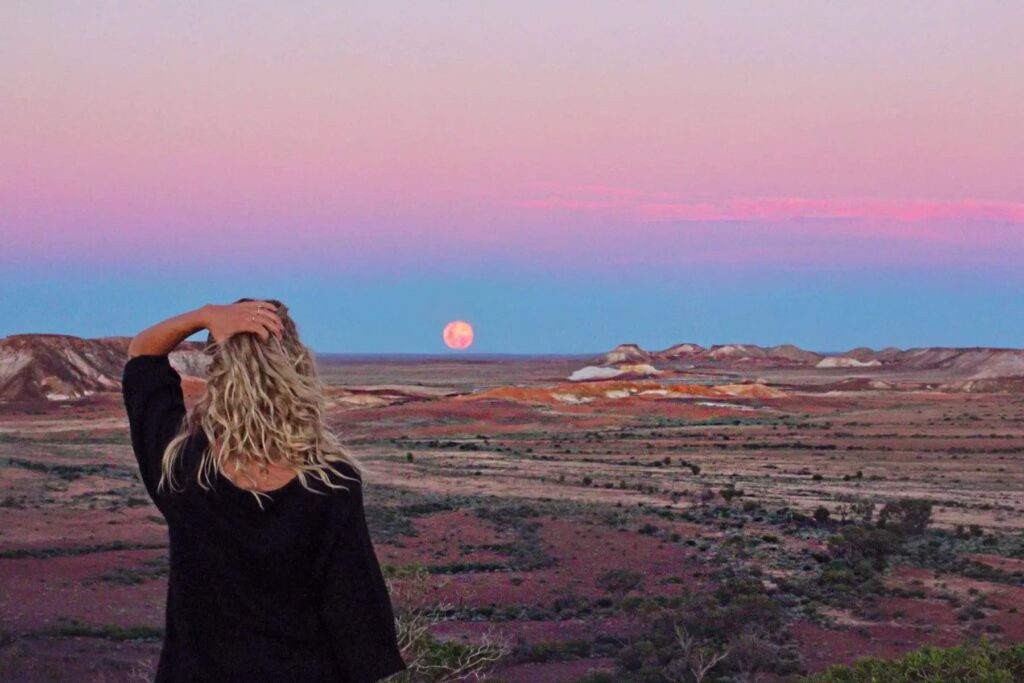Imagine witnessing the dawn of a new day with a view that is both breathtaking and spiritually uplifting. Watching the sunrise over Uluru is undoubtedly one of the most mesmerizing experiences you can have in Australia. This colossal sandstone monolith, located in the heart of the Northern Territory, offers an unforgettable spectacle that leaves visitors awestruck. In this article, we’ll delve into why observing the sunrise over Uluru is a must-see experience, and what you can expect from this soul-stirring scene.
The Majestic Beauty of Uluru

Uluru, also known as Ayers Rock, stands tall at 348 meters above sea level. This ancient marvel boasts a rich history and profound cultural significance to the indigenous Anangu people. As the first rays of the sun touch the surface of Uluru, the rock’s color transformation is nothing short of magical. It shifts from a deep terracotta to a vivid, glowing red, before settling into a serene golden hue. The spectacle is a living canvas of nature’s finest artistry, and being present for this transformation makes the early morning wake-up call totally worth it.
The Spiritual Connection

For the Anangu people, Uluru is not just a geographical landmark but a sacred site steeped in cultural practices and spiritual beliefs. The sunrise moment is often seen as a connection to Tjukurpa, or the Dreamtime, which is central to their beliefs about the creation of the world. Witnessing this sacred time of day offers visitors a deeper understanding and appreciation of the spiritual layers that make this place extraordinary. Photography is often discouraged in certain areas to respect the sacred nature of the site, adding a level of authenticity and mindfulness to the experience.
Preparing for the Sunrise Experience
Your journey to witness the Uluru sunrise necessitates careful planning. Firstly, ensure you are adequately prepared for the early hours. Here is a quick checklist to keep in mind:
- Wear layers to adapt to the changing temperatures.
- Bring a flashlight for navigating in the dark.
- Pack a small snack and plenty of water.
- Remember a camera with ample storage space.
Guided tours are available and highly recommended for first-time visitors to not only understand the history but also to get the best vantage points. Plan to arrive well before sunrise to secure a good spot and soak in the pre-dawn serenity, which is a magical experience in itself.

Capturing the Perfect Shot
While the sight is best enjoyed with the naked eye, photography enthusiasts will want to capture this majestic moment forever. The key to phenomenal sunrise photography at Uluru lies in preparation and patience. Use a tripod to steady your camera, and experiment with different settings to accommodate the changing light conditions. Don’t forget to follow the park’s guidelines and respect designated no-photography zones to ensure you don’t encroach on sacred grounds. Taking a mix of wide-angle shots and close-ups can provide a comprehensive visual diary of your visit.
Making the Most of Your Visit

While the sunrise over Uluru is undoubtedly the highlight, the area offers more to explore. Consider extending your stay to explore other features such as Kata Tjuta, also known as the Olgas, which are another series of captivating rock formations nearby. Enjoy guided tours, cultural walks, and even camel rides to immerse yourself fully in the unique landscape and rich indigenous culture. Take the opportunity to visit the Cultural Centre to learn more about the Anangu people, their stories, and their connection to this stunning piece of the Earth.
Conclusion
In conclusion, witnessing the sunrise over Uluru is more than just an opportunity for stunning photos; it is an immersive experience that engages all your senses and connects you to the land in a profound way. This magical moment is deeply rooted in the history, culture, and spiritual beliefs of the indigenous Anangu people, making it a must-see experience for anyone visiting Australia. From the dark pre-dawn anticipation to the climactic peak when the sun paints Uluru in radiant hues, this experience offers a soul-stirring connection to nature and history that is unparalleled.
Frequently Asked Questions
1. What time should I arrive to see the sunrise over Uluru?
It’s best to arrive at least 45 minutes to an hour before sunrise to secure a good spot and enjoy the gradual light changes in the pre-dawn sky.
2. Are there guided tours available for watching the sunrise?
Yes, there are numerous guided tours available that offer fascinating insights and the best viewing spots. It’s advisable to book in advance, especially during peak tourist seasons.
3. Can I visit Uluru-Kata Tjuta National Park year-round?
Yes, the park is open year-round, but the best times to visit are during the cooler months from May to September to avoid the extreme heat of the summer.
4. Is photography allowed during the sunrise?
Photography is allowed in most areas, but there are specific sections where it’s restricted to respect the cultural significance of the site. Always adhere to the posted guidelines.
5. What other activities can I do at Uluru besides watching the sunrise?
In addition to witnessing the sunrise, you can explore Kata Tjuta, take guided walks, enjoy camel tours, and visit the Cultural Centre to dive deeper into the Anangu people’s history and traditions.
